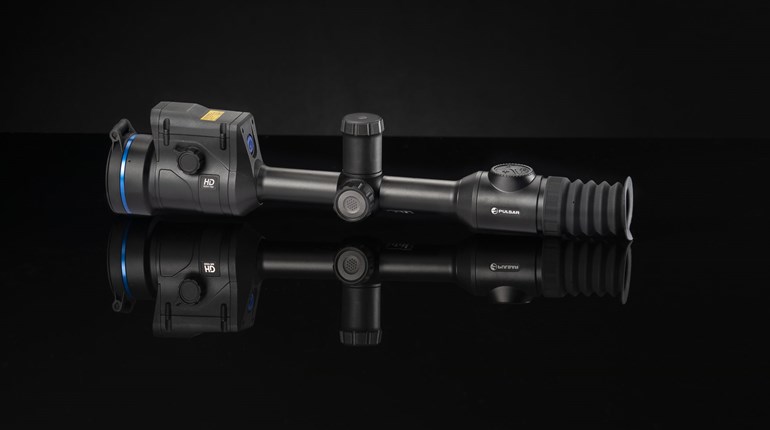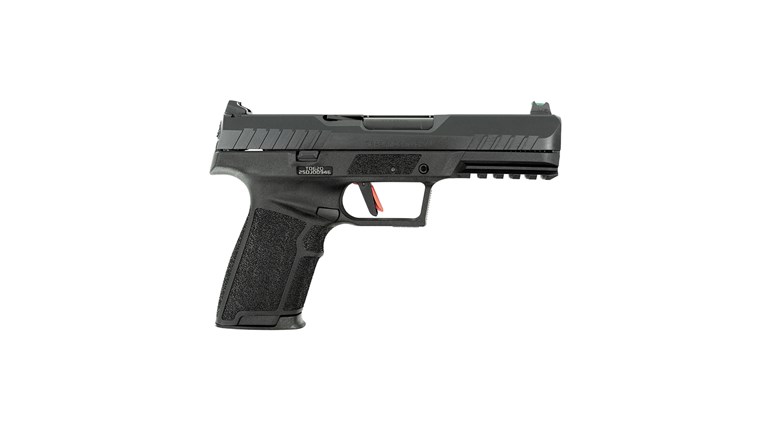
Why is pulling the trigger so difficult sometimes? It seems as if it should be so simple—just a small bend in the finger—but it’s deceptive. A proper trigger pull is consistent, in a precise direction, accurately applied and perceived—as well as fast.

Note: If you haven’t already, be sure to read the previous article by Marcus Raab on how to master control of your trigger.
Here is a checklist of items to help you evaluate your grip. If done correctly, these will help alleviate the main causes of poor trigger technique.
- Forearm and trigger hand form a straight line.
- The stock is held firmly by the thumb and the other three fingers.
- The hand is replaced in the same position for every shot.
- The trigger finger contacts the trigger just beyond the last joint and never touches the stock.
- The pressure applied to the trigger is parallel to the barrel in both the horizontal and vertical planes.
- The combined position of the arm, hand and trigger finger feels comfortable and solid.
- The unloaded gun does not move while pulling the trigger a few times in quick succession.

Check each item carefully and adjust the trigger, your position or your grip as necessary. Don’t be satisfied until you are correct.

Keep It Up
Just like any other moving part, the trigger can suffer from wear. In such a precise mechanism, tiny amounts of wear can cause major problems.
You should check frequently that the trigger is functioning the way you want it to. Ask yourself:
- Is the trigger affixed to the action tightly?
- Is the trigger lever adjusted to suit the shooter?
- Are you comfortable with the first-stage length of travel?
- Is the first stage smooth and consistent over the distance?
- Does it return to the starting position when pressure is reduced? Make sure there is no catching or sticking at the end of the first stage.
- Is the shot released instantly when the resistance of the second stage is overcome? A way to do this is to cock the unloaded gun, rest it on a solid surface and watch the trigger movement as you pull it. Another way is to hold the gun in a stable position, and with your eyes shut, test the feel of the trigger. You should be able to quickly check that the trigger is in order or determine if it needs adjustment.

This article was originally published in the October 2004 issue of Shooting Sports USA. Lead photo by Forrest MacCormack. Illustrations by Tom Rickwalder.
See more:



































